Slickline operations have been in use since the early days of the oil and gas industry. The development of equipment and technology for slickline operations has kept pace with the development of new methods and tools used in well completion, remedial and work-over operations. Slickline is used for depth determination, deviated hole surveys, temperature and pressure surveys, paraffin cutting, and cementing operations. Slickline may also be used to set, retrieve, and manipulate chokes, circulating plugs, gage cutters, swaging tools, safety valves and gas-lift valves.
Various tools frequently used in slickline operations are described in this article.
Gauge Cutter Operations:
A gage cutter should be run prior to running or pulling a subsurface control. This assures the operator that the tubing is unobstructed. The bottom shape of the tool is designed to scratch, jar and cut paraffin, sand or other obstacles from the tubing wall. This may request several runs with different sizes of gauge cutters.It’s often used to tag top of Landing nipples, SSD’s or to determine total well depth.
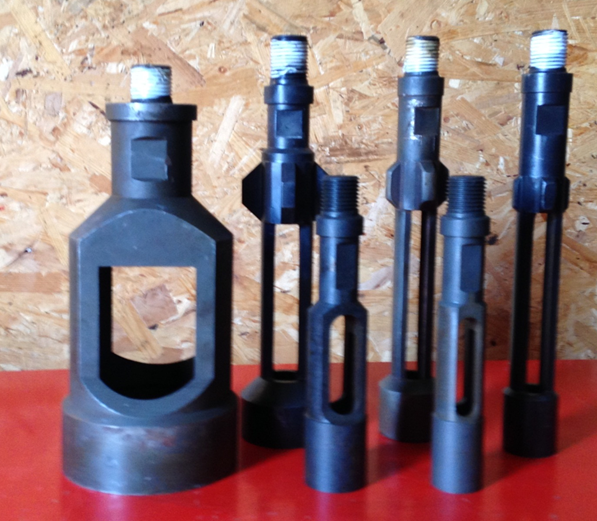
Blind Box Operations:
A blind box is a service tool used when heavy downward jarring is required. The tool is flat on the bottom and hardened so as not to damage easily.
A blind box can be used to tag top of liquids in the well. When something gets stuck in the well a blind box can be used to jar it down and move it out of the way.
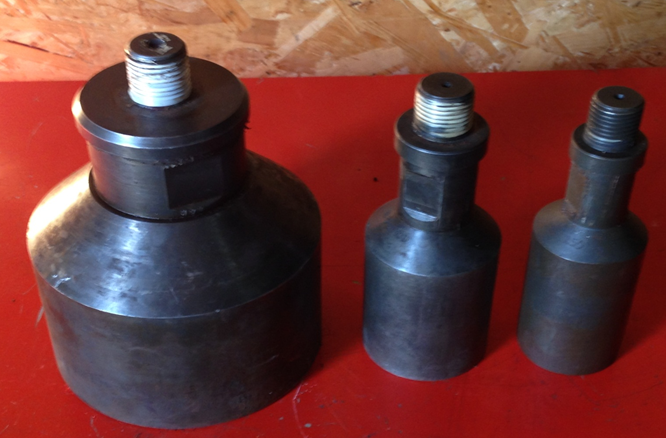
Impression Block Operations:
An impression block is a lead-filled cylinder and secured with pins in the body. This tool is used during fishing operations to ascertain the shape or size of the top of the fish and may indicate the type of tool necessary for the next operation.
By the mean of the appropriate weight control of a Slickline Unit, you will get an accurate replica of the downhole situation.
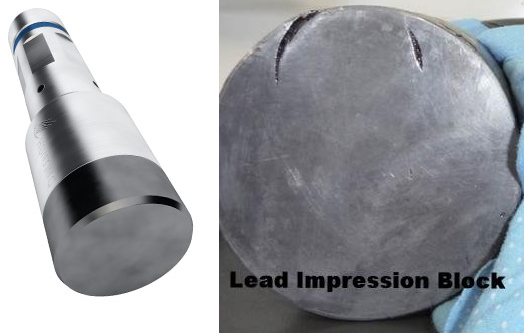

Magnet running Operations:
The magnetic tool is used to fish from the wellbore any small metallic object that would be attracted to a magnet.
Magnets are available with sleeves on the outside to secure small item during POOH.
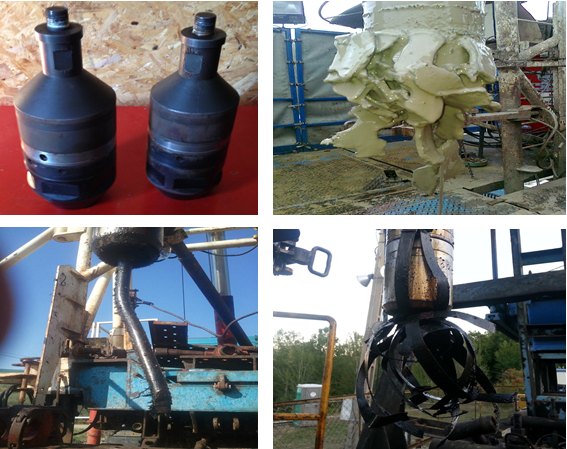
Paraffin Scratcher:
Scratchers are used to cleaning the paraffin deposition on the ID of tubing, nipple profile, etc. There are several types of tools used to cut or scratch paraffin. The following figure shows one type of paraffin scratcher. It can also be used to scrape the tubing wall, clean landing nipples, and fish small pieces of wireline lose in the well. It is usually run before running the gauge cutter.
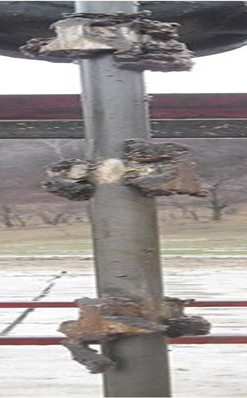
Tubing End Locator:
The tubing end locator is used to accurately locate the end of the tubing string which can be used for depth correlations. Before the tool is run, it is imperative that tubing is cleared by running a gauge cutter or bailer. This ensures that the locator will pass through the end of the tubing.
With its spring-loaded finger, it can be run in various sizes of tubing, ranging from 2-3/8″ till 4-1/2″.
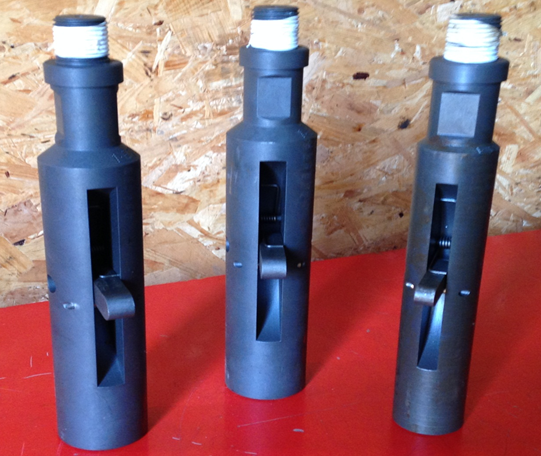
Tubing Swage:
Tubing Swages are used to remove large obstructions and restore light collapse in the tubing. This allows smooth running of tool string in well. The OD of tubing swage should be equal to tubing drift ID. It should be run with upstroke jar to enable operator to take it out of tubing if swage is jammed.
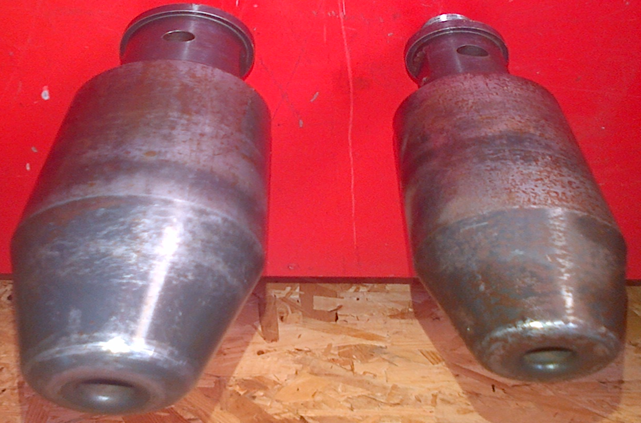
Tubing broaching operation:
A broach is a tool run to remove metal burrs and imperfections from the tubing wall prior to running or pulling service tools. It is equipped with graduated rings, diamonds, or segments that are case hardened and highly sharpened. different forms of tubing broachs are shown in the following figure.
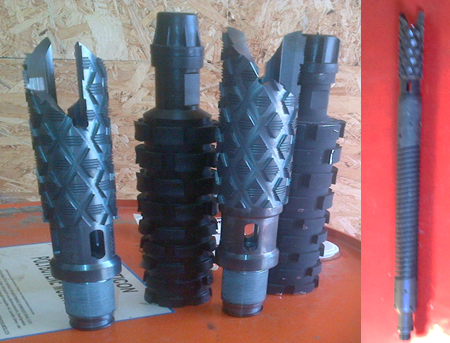
Sand Bailer Operations:
Bailing operations are defined as the operations of collecting solids and/or cleaning the wellbore. It’s carried out on: drilling rigs, workover operations, production wells, either onshore or offshore.
The following figure shows an example of stones, large debris, and sand removed from one well

Fishing Operations:
Slickline fishing tools are specialized well intervention tools that are mechanically operated and help in the retrieval of other equipment that are accidentally fallen into the wellbore.
A standard fishing toolbox contains: Wireline Clamp, Wireline Grab, Wireline Finder, Overshoot’s, Tubular jars, Heavy duty pulling tool, Wireline cutters, etc. The following figure shows examples of slickline fishing tools.
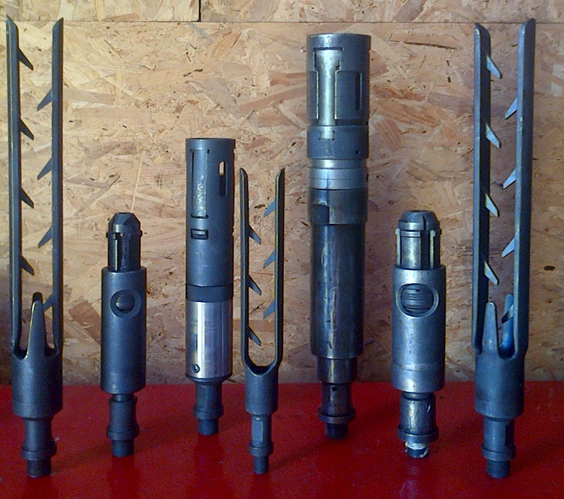
Example of ”fish” retrieved from a well:
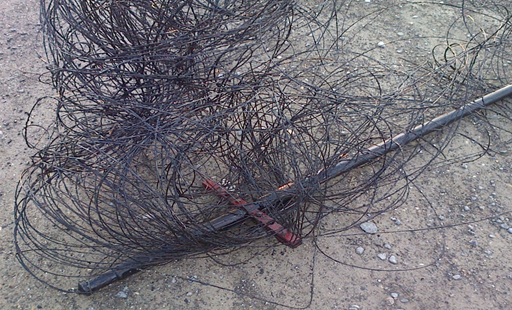
Reference: API Vocational Training – Book 5 – Wireline Operations and Procedures





